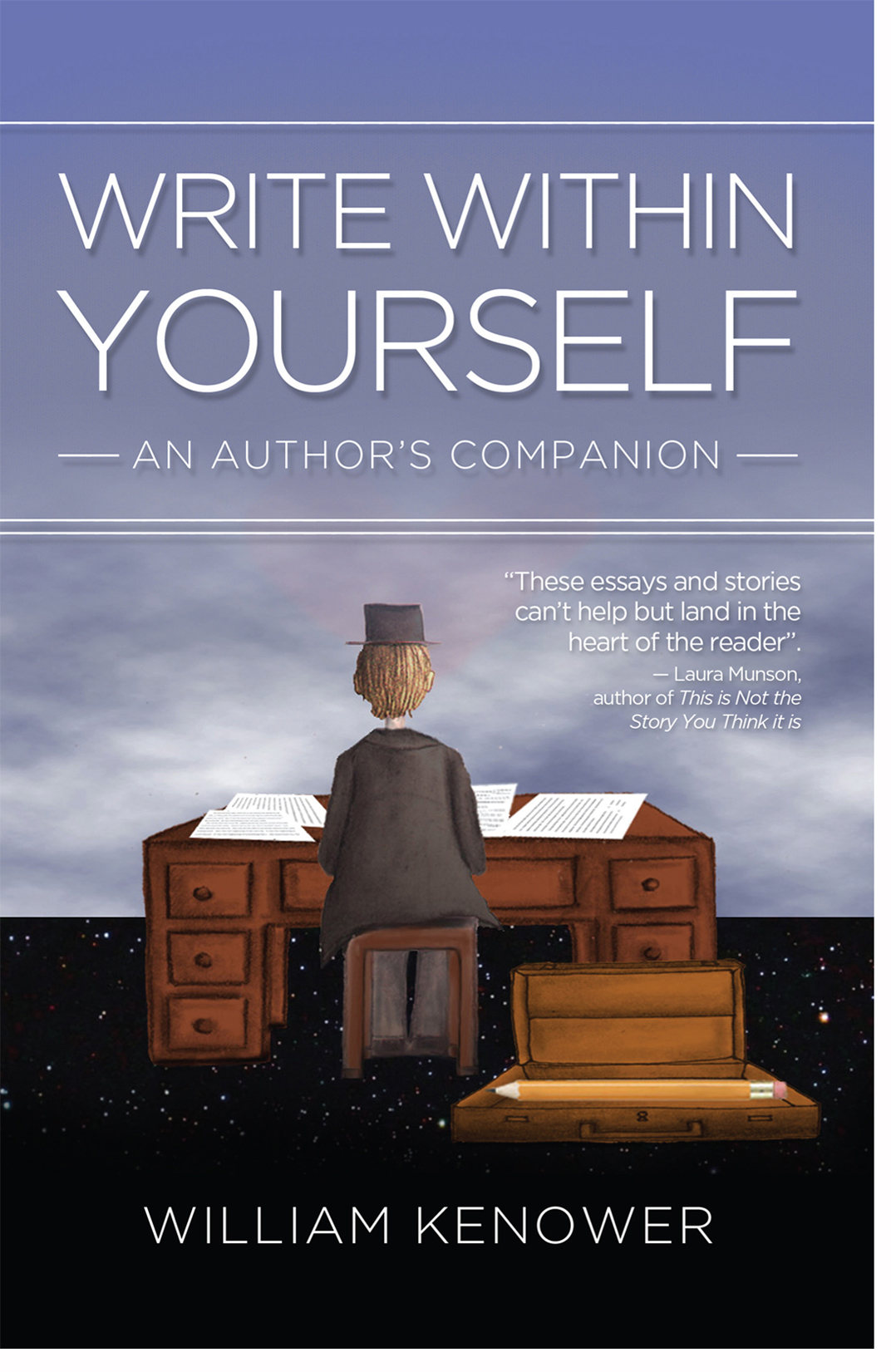A New Story About Writing
Imagine a life drawing class. A model poses in the middle of a classroom surrounded on all sides by artists. In this class, every artist is equally skilled at rendering the model. Yet every artist also sees the model from a slightly different perspective. For this reason, every finished drawing will be accurate, yet necessarily incomplete. The artist can render only what he or she sees and hope that what is left out is implied to the viewer. This is how I see storytelling. A story is life seen and then translated from one perspective. However, unlike in that classroom where each student is positioned in one place, with the stories I tell, I can turn events in my imagination until I see them from the perspective that serves me best. In fact, when I’m writing, this is most of what I do when I’m not typing: I’m turning and turning what I want to describe until I see it from the most transformative, or inspiring, or entertaining perspective.
It occurred to me recently that when I “teach” writing, most of what I do is offer my students a new story about the writing experience. There are certain experiences that are universal to all writers – acceptance and rejection; praise and criticism; days where the writing comes easily, and days where it does not; loving what we wrote one day and then hating it the next; being surprised by what we write; becoming lost in the flow of writing. If you decide to write, it is more or less a fact that you will experience some, or more likely, all of these things.
The question, then, is not what you will experience, but the story you will tell yourself about those experiences. There is one story in particular floating around the writing world that gets told a lot, and it goes like this: Some have it, and some don’t. If I believe this particular story, every good day and bad day, every acceptance and rejection, gets translated as proof that I have it or don’t have it. This is an anxious way to write and live. There’s no sure way to know if I have it; no award, contract, or good review can ensure that tomorrow I won’t wake up and feel that I have nothing worthy to share with the reading world.
The story I prefer to tell goes like this: Everyone is born with everything they need to write whatever they want to write. If you’re curious and have an imagination, you’re good to go. If you’re curious and have an imagination then you’re talented enough, smart enough, and original enough. The only question is how much you trust your imagination and your curiosity. The more you trust them, the “better” you write.
This story is far more practical. With this story, I don’t have to concern myself with having something or not having something. I already have everything I need; I just need to use it as it was meant to be used. Now, every experience – whether acceptance or rejection, praise or criticism, good day or bad day – teaches me how to use it. If I believe this story, I can write without the threat of inevitable failure that must befall the creatively unlucky.
As friendly and useful as this story is, it is not always so easy to believe. To believe it, I can’t compare myself, or worry, or complain. These are all expressions of belief in a different story, a story I told inadvertently in my impatience and doubt. My mind, you see, can’t stop telling stories. It’s all you and I know how to do. The question isn’t whether we tell a story, but whether we will live our lives in service to a story we would never tell, or tell a story that serves our life.
Write Within Yourself: An Author's Companion.
"A book to keep nearby whenever your writer's spirit needs feeding." Deb Caletti.
You can find Bill at: williamkenower.com


